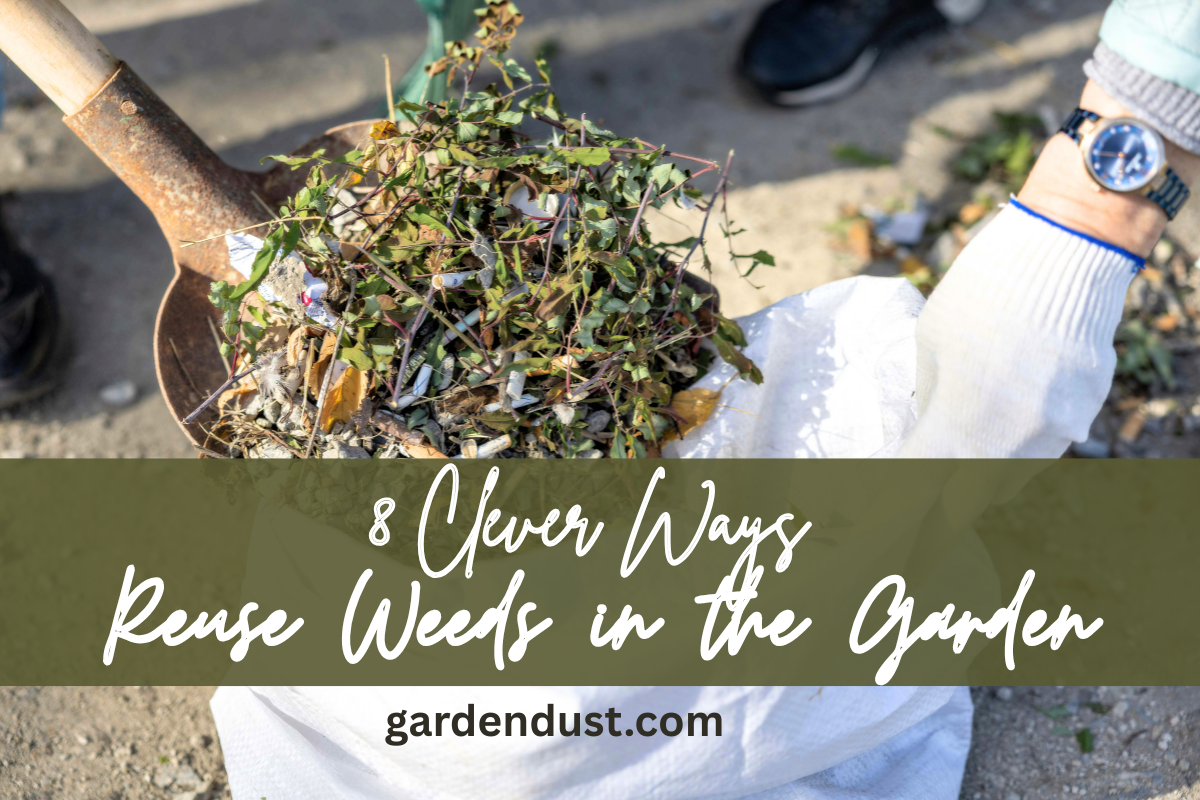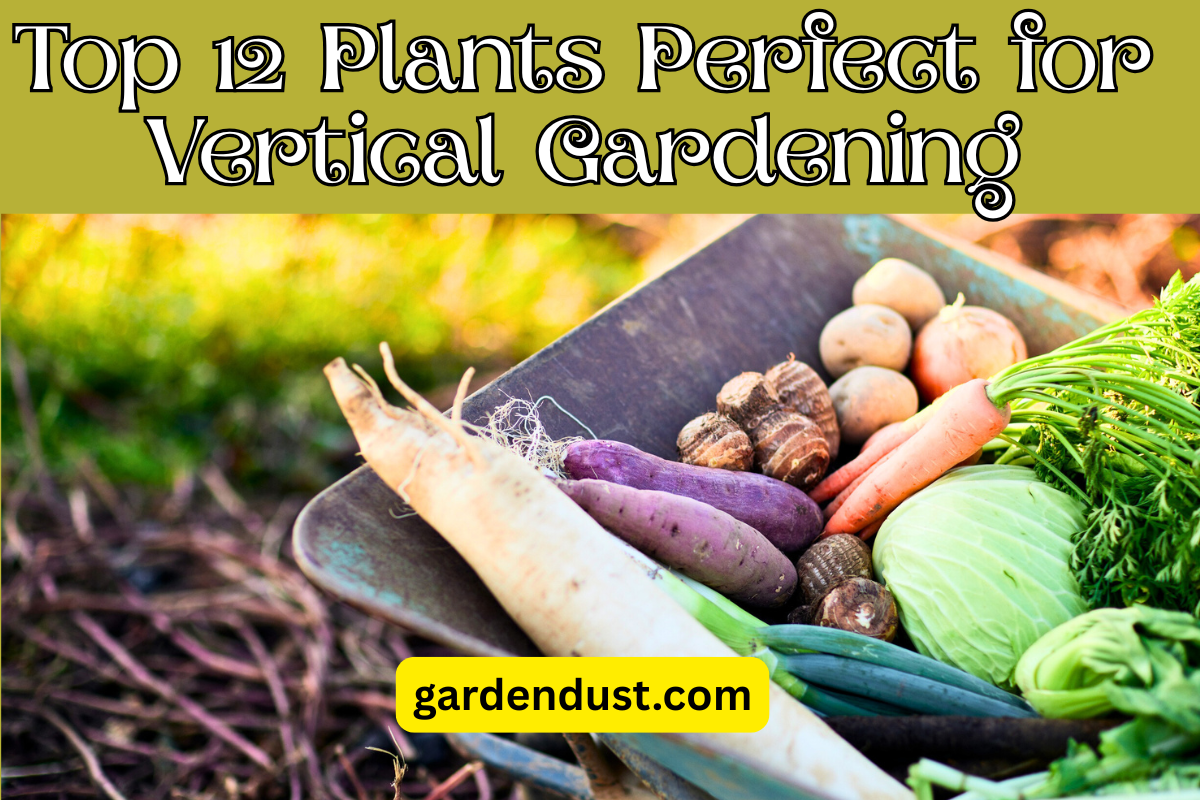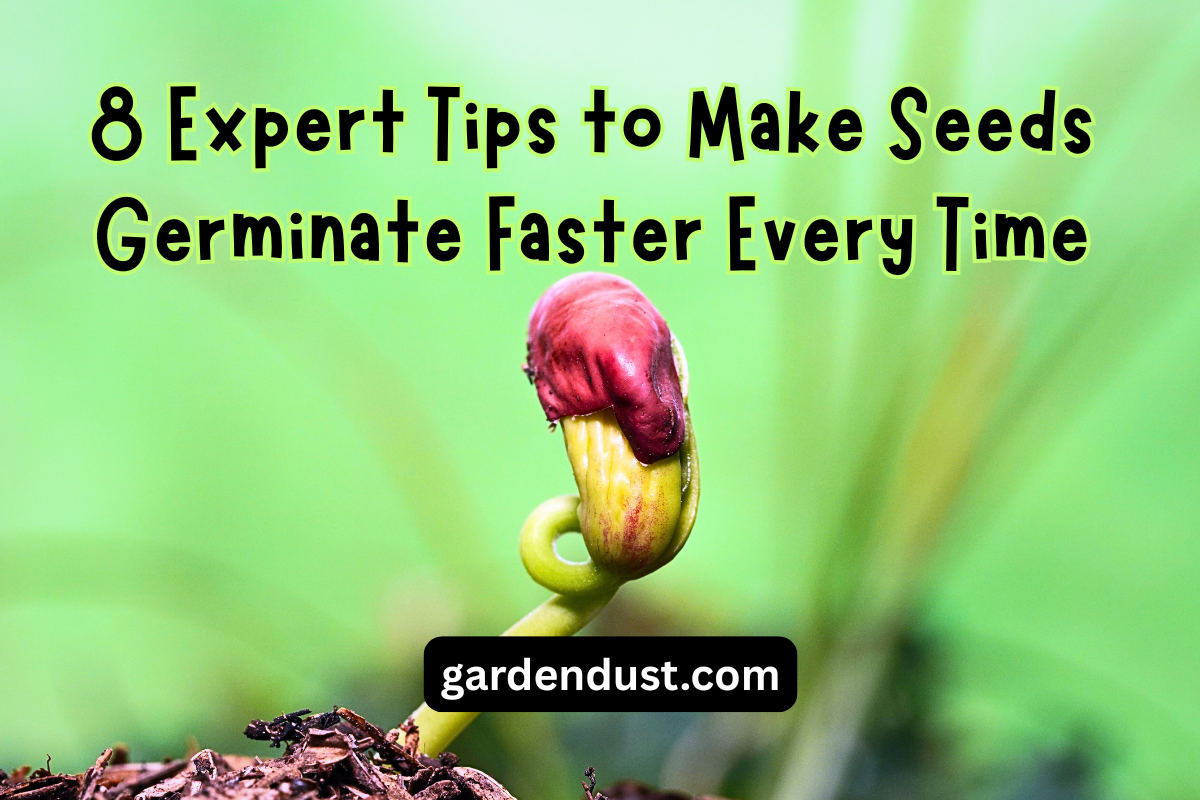Worm-casting tea might be your secret weapon if you’re a gardener looking to supercharge your plants’ growth and overall health. This organic liquid fertilizer contains nutrients, beneficial microbes, and plant-loving goodness. In this comprehensive guide, we’ll show you how to make worm-casting tea, delve into its benefits and uses, and answer some common questions to help you become a master brewer for your garden.
Why Worm Casting Tea?
Before we dive into the recipe, let’s explore why worm-casting tea is a garden game-changer:
- Nutrient-Rich: Worm castings are packed with essential nutrients like nitrogen, phosphorus, and potassium, along with micronutrients that promote plant growth.
- Beneficial Microbes: Worm castings teem with beneficial microorganisms that improve soil structure, boost nutrient availability, and protect plants from diseases.
- Easy Absorption: The liquid form of worm-casting tea makes it easier for plants to absorb nutrients quickly, resulting in healthier and more robust growth.
- Organic and Safe: It’s an organic, chemical-free fertilizer, making it safe for plants, the environment, and beneficial garden insects.
Ingredients and Supplies
Here’s what you’ll need to make worm-casting tea:
- Worm Castings: High-quality worm castings are the star of the show. You can purchase them from a reputable supplier or use your own if you have a worm composting system.
- Water: Use non-chlorinated water, as chlorine can harm the beneficial microbes in the worm castings.
- Aerator: An aquarium air pump, air stone, or a stirring device will help keep the tea aerated.
- Container: A large, food-grade plastic or glass container with a lid, such as a five-gallon bucket.
- Strainer: To strain out solids and prevent clogs in your watering can or sprayer.
How to Make Worm Casting Tea
Now, let’s get down to the nitty-gritty and brew some worm-casting tea:
Step 1: Gather Your Ingredients
Ensure you have all the ingredients and supplies mentioned above ready and clean.
Step 2: Measure the Worm Castings
Measure the worm castings based on your container size. A general guideline is to use one part worm castings to four parts water, but you can adjust the ratio to your liking.
Step 3: Mix the Worm Castings and Water
Place the measured worm castings into your container and add the non-chlorinated water. Stir the mixture thoroughly to ensure the worm castings are well suspended in the water.
Step 4: Aerate the Tea
Attach the aquarium air pump to the air stone and place it in the container. Turn on the air pump to create a continuous flow of air bubbles in the tea. Aeration is vital to activate the beneficial microorganisms in the worm castings.
Step 5: Cover and Let It Brew
Cover the container with a lid, but leave it slightly ajar to allow for airflow. Let the worm casting tea brew for 24 to 48 hours. During this time, the beneficial microbes will multiply and enrich the tea.
Step 6: Strain and Use
After the brewing period, use a fine strainer to remove the solid worm castings from the liquid. The resulting liquid is your worm casting tea.
Step 7: Application
Dilute the worm casting tea with water before using it on your plants. A common dilution ratio is 10 parts water to 1 part tea, but you can adjust the strength based on your plants’ needs.
Pro Tip: Apply worm casting tea as a foliar spray or root drench. For foliar application, use a spray bottle to mist the tea onto the leaves. For root drench, water the base of your plants with the diluted tea.
Benefits of Worm Casting Tea
Now that you know how to make worm casting tea, let’s explore why it’s worth the effort:
- Boosts Plant Growth: Worm casting tea provides a steady supply of essential nutrients that promote vigorous plant growth.
- Enhances Soil Health: The beneficial microbes in the tea improve soil structure, increase nutrient availability, and enhance soil fertility.
- Reduces Pests and Diseases: The beneficial microorganisms can suppress harmful pathogens and pests, helping to maintain a healthier garden.
- Increases Water Retention: Improved soil structure allows the soil to retain water better, reducing the need for frequent watering.
- Safe and Organic: Worm casting tea is an organic and chemical-free fertilizer, making it safe for plants, animals, and the environment.
FAQs About Worm Casting Tea
1. Can I use tap water for making worm casting tea?
It’s best to use non-chlorinated water for brewing worm casting tea. Chlorine in tap water can harm the beneficial microorganisms in the worm castings.
2. How often should I apply worm casting tea to my plants?
You can apply worm casting tea every 2-4 weeks during the growing season or as needed based on your plants’ requirements.
3. Can I store leftover worm casting tea?
Worm casting tea is most effective when fresh, but you can store it for a few days in a cool, dark place. Make sure to keep it covered to prevent contamination.
4. Can I use worm casting tea on all types of plants?
Yes, worm casting tea is suitable for a wide variety of plants, including vegetables, fruits, flowers, and houseplants.
5. Can I make worm casting tea without an air pump?
While aeration is highly beneficial, you can make worm casting tea without an air pump by stirring the mixture vigorously every few hours to introduce oxygen.
6. Are there any precautions when using worm casting tea?
Worm casting tea is safe to use, but it’s always a good practice to wear gloves when handling it, especially if you have any allergies or sensitivities.
Conclusion
Making your own worm casting tea is a rewarding and environmentally friendly way to supercharge your garden’s growth and vitality. By following this simple recipe and understanding the benefits, you can harness the power of worm castings to create healthier, more robust plants and a thriving garden ecosystem. Happy brewing and gardening!







